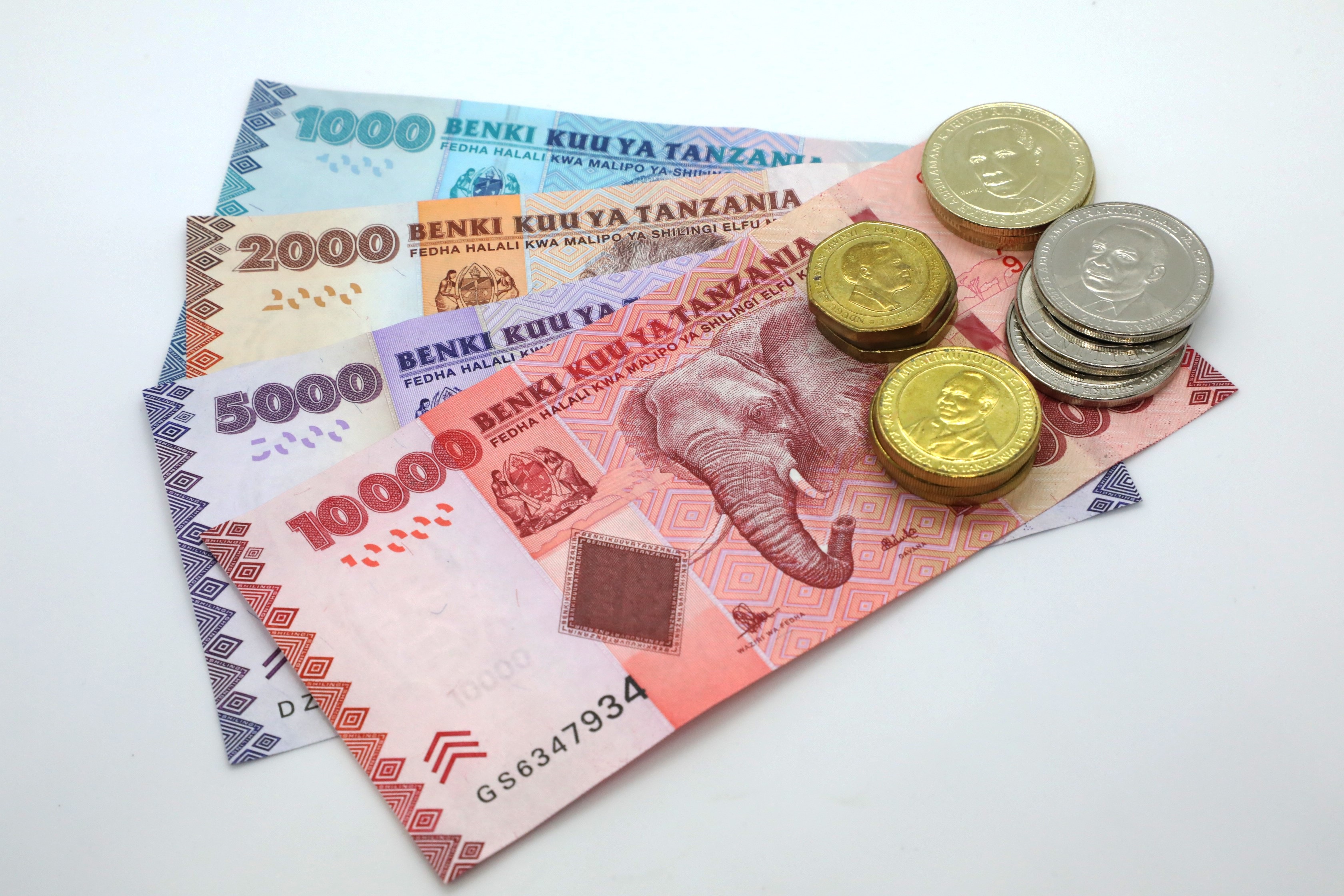Tanzania Shilling Strength Reflects Policy, Not Luck
The Tanzanian shilling (TZS=X) has gained 1.2% YTD, outperforming USD/KES (-4.6%) and USD/UGX (-3.9%), with inflation steady at 3.2% and reserves near USD 5.5b. Credible policy, not appreciation, anchors its strength and draws investors seeking real yield and low volatility.

Tanzania’s shilling (TZS=X) has become East Africa’s quiet monetary anchor. Its stability reflects policy credibility rather than nominal strength—sustained through disciplined liquidity management, cautious FX intervention, and gradual capital-account liberalization under the Bank of Tanzania (BoT). The outcome: low volatility, predictable import costs, and consistent real yields that attract steady capital while shielding the economy from external shocks.
As of September 2025, the shilling has appreciated roughly 1.2% year-to-date against the U.S. dollar, outperforming peers such as Kenya (-4.6%), Uganda (-3.9%), and Rwanda (-2.8%). Annual inflation remains contained at 3.2%, while 364-day Treasury bills yield around 11.6%, delivering one of the few positive real returns in the region. Official reserves stand near USD 5.5 billion, providing 4.3 months of import cover (BoT Monthly Economic Review, Sept 2025). These indicators underpin market confidence in the BoT’s capacity to maintain order without resorting to disruptive devaluations.
Competitiveness, however, depends on the Real Effective Exchange Rate (REER), not nominal movements. The REER appreciated by 2.1% year-on-year, a level still consistent with export sustainability as long as productivity and sectoral diversification continue. Gold, tourism, and agriculture—together generating roughly USD 8 billion annually—remain the core of Tanzania’s external earnings base. Controlled two-way FX flexibility has helped maintain competitiveness without eroding policy credibility, a balance regional peers have struggled to sustain.
Interest-rate differentials strengthen the currency’s defensive profile. With CPI anchored and short-term yields elevated, Tanzania maintains positive real returns, unlike Kenya (CPI 6.8%, 91-day yield 15.1%) and Uganda (CPI 5.2%, 1-year yield 13.4%), where inflation effectively neutralizes nominal yields. The result is reduced capital flight and lower corporate hedging costs. On the Dar es Salaam Stock Exchange (DSEI), financial stocks such as NMB Bank (DSE:NMB) and CRDB Bank (DSE:CRDB) have benefited from stable funding conditions and growing local participation in government securities.
Reserve management remains methodical. The BoT relies on direct spot interventions and short-term open-market operations to manage liquidity. Sterilization costs have eased as bond-market depth improved, limiting the crowding-out of private borrowers. The ratio of reserves to short-term external liabilities exceeds 120 percent, signalling ample defensive capacity.
Fiscal consistency complements monetary prudence. The 2025/26 budget targets a deficit below 3 percent of GDP, supported by stronger tax collection through the Tanzania Revenue Authority and increased mining royalties. This alignment between fiscal and monetary policy reinforces investor confidence in the shilling’s managed-stability framework.
External vulnerability remains the key risk. A 10 percent decline in global gold prices (XAUUSD) could cut export earnings by about USD 300 million, while a USD 10/bbl rise in Brent (LCOc1) might widen the import bill by 0.6 percent of GDP (BoT, IMF WEO 2025). Such shocks are absorbable given current reserves, but persistent commodity weakness could test the BoT’s tolerance for further intervention.
The current-account deficit, estimated near –4.5 percent of GDP, underscores this fragility. Nonetheless, low inflation, stable reserves, and policy credibility have kept 90-day implied FX volatility below 1.5 percent, compared with 5.2 percent for USD/KES, highlighting the shilling’s regional premium for predictability.
For investors, Tanzania now offers yield with stability. Sovereign debt issuance between two and five years clears at consistent rates with minimal rollover stress, while FX stability enhances hedging efficiency for corporates and trade financiers. Equity and FDI flows benefit from reduced currency-adjusted discount rates, particularly in tourism, logistics, and agro-processing.
The key indicators to watch are REER trends, reserve adequacy, fiscal balance, and inflation expectations. As long as these stay aligned, Tanzania will retain its role as East Africa’s monetary benchmark—delivering low volatility, credible policy, and disciplined macro management. The shilling is not strong for its own sake; it is steady because policy makes it so, and that steadiness has become its most valuable asset.





